

Landscape Ecology - Lecture
Notes

Applying Landscape
Ecology Principles in Conservation
Landascape
Ecology
as a New Paradigm for Conservation and Ecological Restoration
Why a New Paradigm?
- Traditional paradigms that have been used for solving
ecological and environmental problems are based on the
assumptions of equilibrium, homogeneity, and determinism, and
do not explicitly consider the effects of scale, heterogeneity
and disturbances. As a result, they have often failed.
- Landscape ecology provides a new paradigm for biodiversity
conservation and ecological restoration, emphasizing:
- Importance of the landscape context (matrix)
- Importance of the interactions between habitat (or
reserves) and the surrounding landscape
- Importance of scale (spatial and temporal scale
commensurability of population processes, disturbance
regime, and conservation actions)
- Importance of both habitat amount and spatial
configuration
- Biodiversity hierarchy (genes, species, populations,
ecosystems, landscapes) --- focusing on any one level of the
biodiversity hierarchy is not sufficient
- Social, economic, and other anthropogenic influences as
constraints and driving forces for conservation
Nature Conservation and Ecosystem
Management
Conservation biology
- Conservation biology is a new synthetic
crisis-oriented discipline which addresses the biology of
species, communities, and ecosystems that are perturbed,
either directly or indirectly, by human activities or other
agents (Soulé 1985).
- The goal of conservation biology is to provide principles
and tools for preserving biological diversity (Soulé 1985).
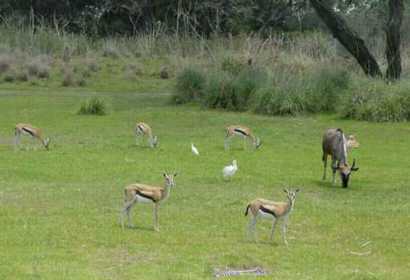

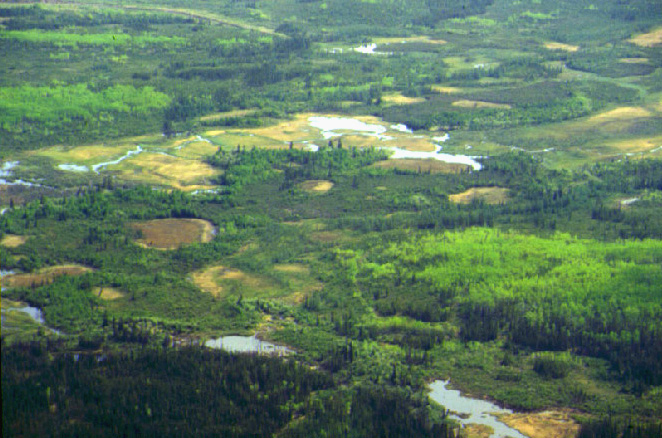

 The
"New Conservation" Debate
The
"New Conservation" Debate



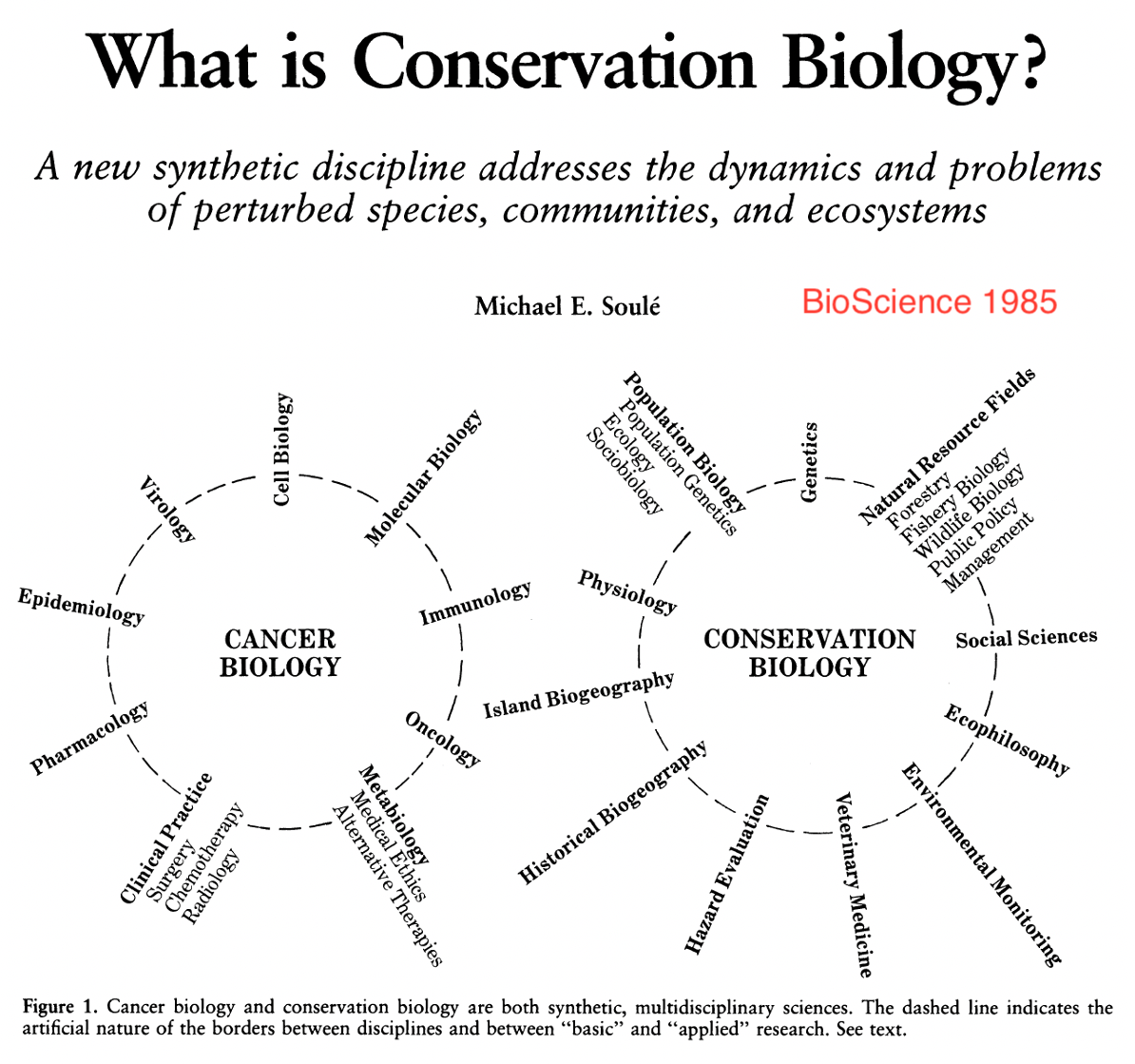
Wu (2008):
Changing perspectives on biodiversity conservation: from
species protection to regional sustainability
[PPT]
"Biodiversity is the basis for
ecosystem goods and services that provide for human survival
and prosperity. With a rapidly
increasing human population and its demands for natural
resources, landscapes are being fragmented, habitats are
being destroyed, and biodiversity is declining. How can
biodiversity be effectively conserved in the face of
increasing human pressures? In this paper, I review changing
perspectives on biodiversity conservation, and
discuss their relevance to the practice of biodiversity
conservation. The major points include: The notion of
balance of nature is a myth rather than a scientific
concept; the theory of island
biogeography is useful heuristically but flawed practically;
the SLOSS debate is intriguing in theory but irrelevant in
reality; the concept of minimum viable population and
population viability analysis are useful, but
technically inefficient and conceptually inadequate;
metapopulation theory is mathematically elegant but
ecologically oversimplistic; and integrative perspectives
and approaches for biodiversity conservation are needed
that incorporate insights from landscape ecology and
sustainability science. I further discuss some key
principles for regional conservation planning, and argue
that the long-term success of biodiversity
conservation in any region will ultimately depend on the
economic and social sustainability of that region. Both
research and practice in biodiversity conservation,
therefore, need to adopt a broader perspective of
sustainability." - Jianguo
Wu
(2008)
Wiens (2009):
Landscape ecology as a foundation for sustainable conservation
"Landscape ecology and conservation share a common focus
on places, but they differ in their perspectives about
what is important about those places, and the integration
of landscape ecology into conservation is far from
complete. I consider four ways in which landscape ecology
can contribute to conservation. First, protected areas
that are established for conservation are not stand-alone
isolates. They exist in the context of broader landscape
mosaics, which may encourage or discourage movements of
individuals into and out of an area. Second, the landscape
surroundings of a preserve may contain threats to the
biodiversity within the preserve, many of them
consequences of human activities. In combination, these
relationships with the surroundings may make the
“effective area” of a preserve different from that shown
on a map. Third, the scale of an administrative area or of
management action may not coincide with the scales of
populations, disturbances, or ecological processes,
creating challenges to both landscape ecology and
conservation. Finally, landscapes encompass people and
their activities; sustainability of conservation
requires consideration of the tradeoffs between human uses
and the biodiversity values of a landscape. I
illustrate these four themes with a case study of the
management of prairie dogs (Cynomys ludovicianus) in the
Great Plains of North America, where the tensions between
conservation and human land uses are particularly high.
Ecologists and conservationists consider prairie dogs as
keystone species in these grassland ecosystems and primary
targets for conservation, but many private landowners
regard them as varmints that consume valuable livestock
forage and degrade rangeland condition. Effective
conservation of functioning grasslands must include
prairie dogs, and this in turn requires that the issues be
addressed in terms of the biological, social, and cultural
features of entire landscapes.
Important
as they are, areas protected for conservation cannot by
themselves stem the tide of global biodiversity loss. The
perspective must be broadened to include the landscapes
where people live and work, recognizing the dynamic nature
of landscapes and the factors driving land-use change.
Landscape ecologists must work together to overcome the
cultural differences between their disciplines, and
between academic science and conservation practice and
management. It can, and must, be done." - John
Wiens
(2009)


Restoration
ecology
- Restoration ecology
is the study of restoring, through active human
intervention, a degraded, damaged, or destroyed
ecosystem. Although the practice of ecological
restoration has been carried out for several decades, the
scientific field of "restoration ecology" became established
only in the late 1980s. The Society for Ecological
Restoration defines ecological restoration as an “intentional
activity that initiates or accelerates the recovery of an
ecosystem with respect to its health, integrity and
sustainability” (SER 2004).
- "Restoration ecology is still an emerging science, with its
roots in practical restoration projects around the world.
Research generally focuses on improving the conceptual,
technical, and socioeconomic bases for conducting effective
ecological restoration. In recent years, there has been a move
away from site- and situation-specific studies of particular
restoration projects to a broader consideration of the
conceptual basis for restoration ecology and the publication
of synthetic treatments of the subject ...... (Hobbs 2004).
- Ecological restoration is now more urgent and more crucial
than ever before because of the myriad human influences on the
environment, pervasively from city centers to rural regions,
remote hinterlands, and protected areas. To achieve the
goals of biodiversity conservation, environmental protection,
and sustainable development in the Anthropocene, ecological
restoration is indispensable for reconstructing destroyed
ecosystems, repairing damaged ecosystems, and rehabilitating
degraded ecosystems. All ecological restoration
practices take place in landscapes that are spatially
heterogeneous, often with multiple natural and human
ecosystems interacting with each other. No
restoration site is an island; nothing restored by humans is
“natural”; and no restored ecosystems are actually
“restored” if not sustainable. For any ecological
restoration to be sustainable, a landscape perspective is
needed – from restoring a local population to restoring a
regional landscape. Calls for a landscape approach to
restoration were made in the 1990s, but there is still a
scarcity of landscape-based principles to guide restoration
practices. Ecological restoration must have landscape
sustainability as an ultimate goal if it is to be successful
longterm, while few landscapes can be sustainable without
successful ecological restoration.

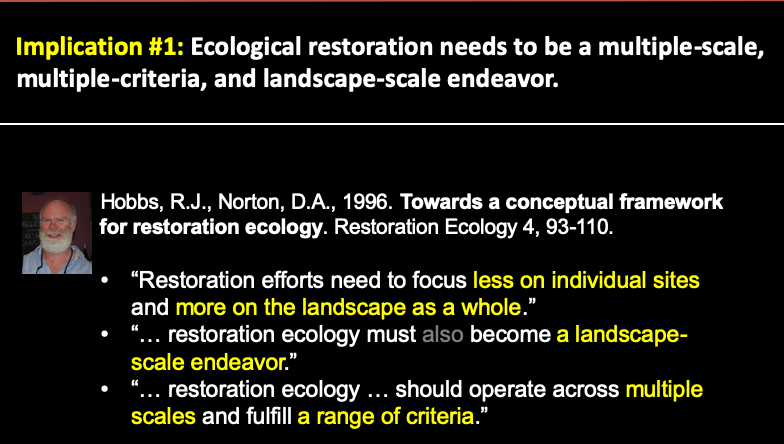

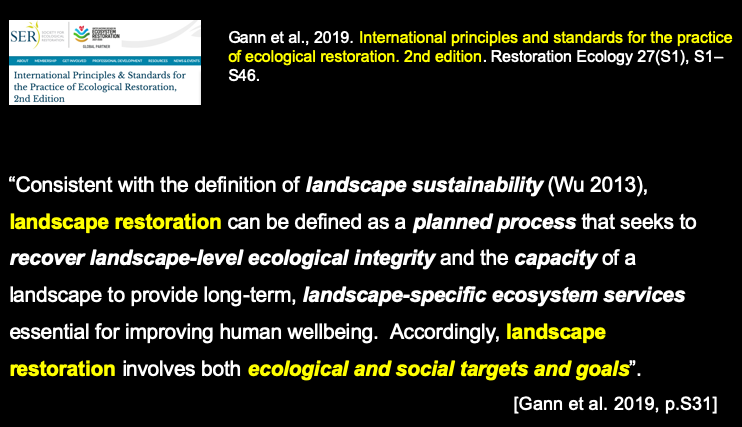
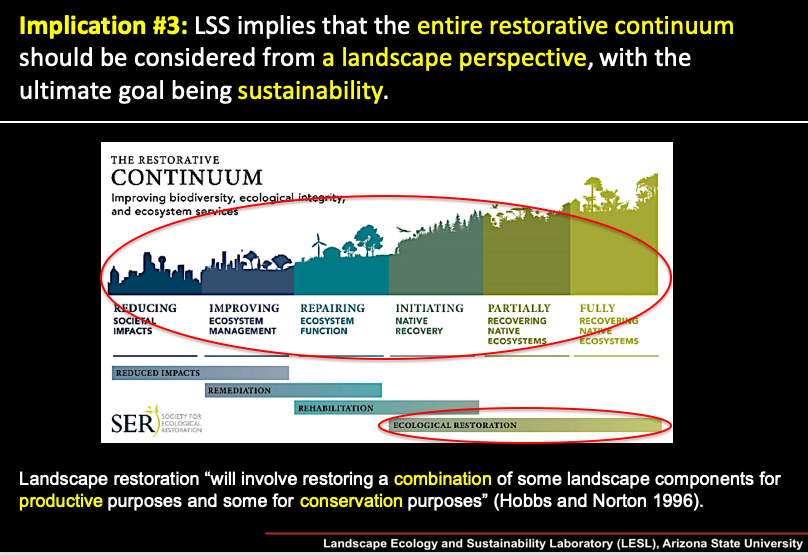
Get inspired ......
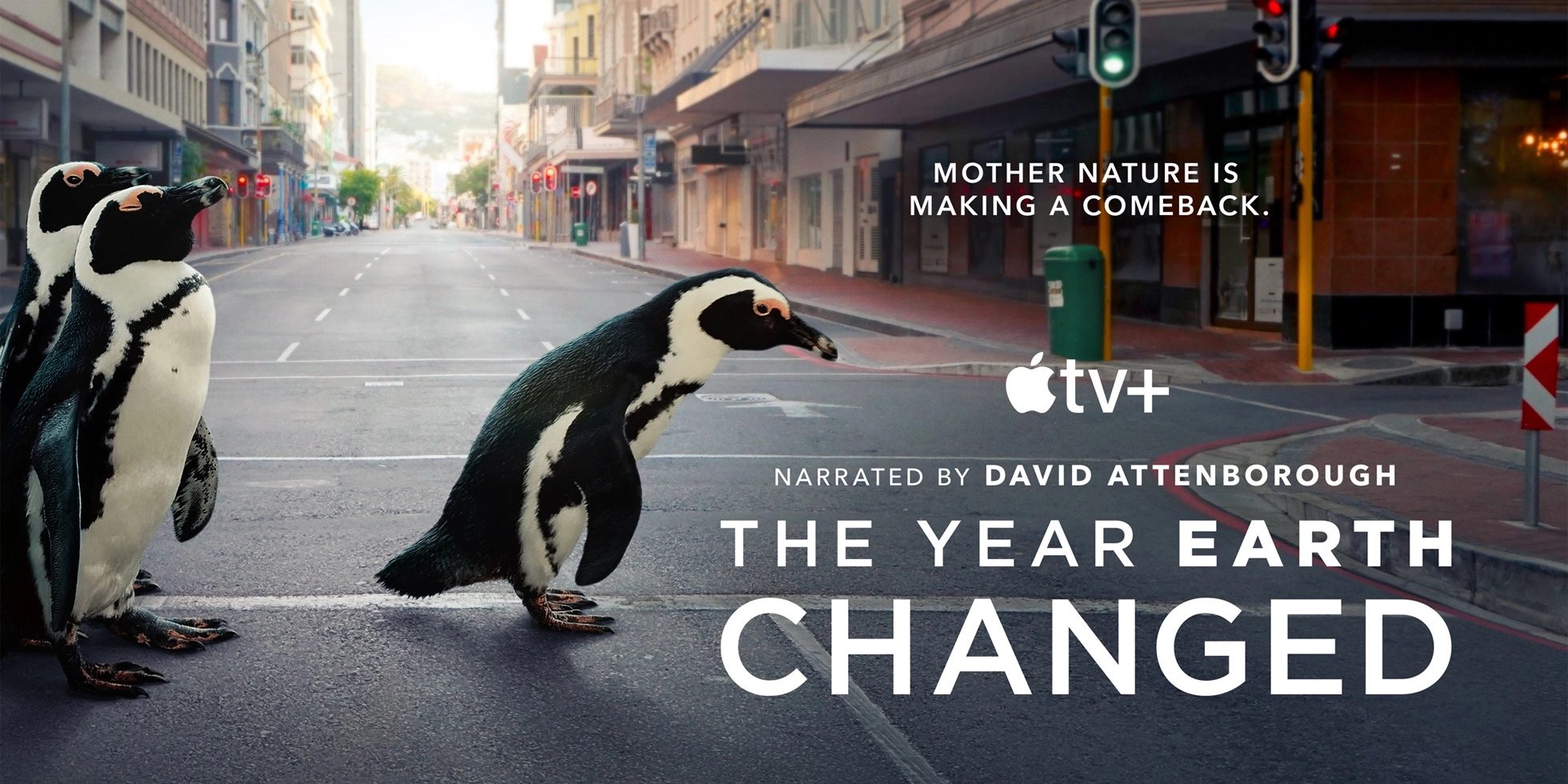
Back to Dr. J. Wu's Landscape Ecology
Homepage


